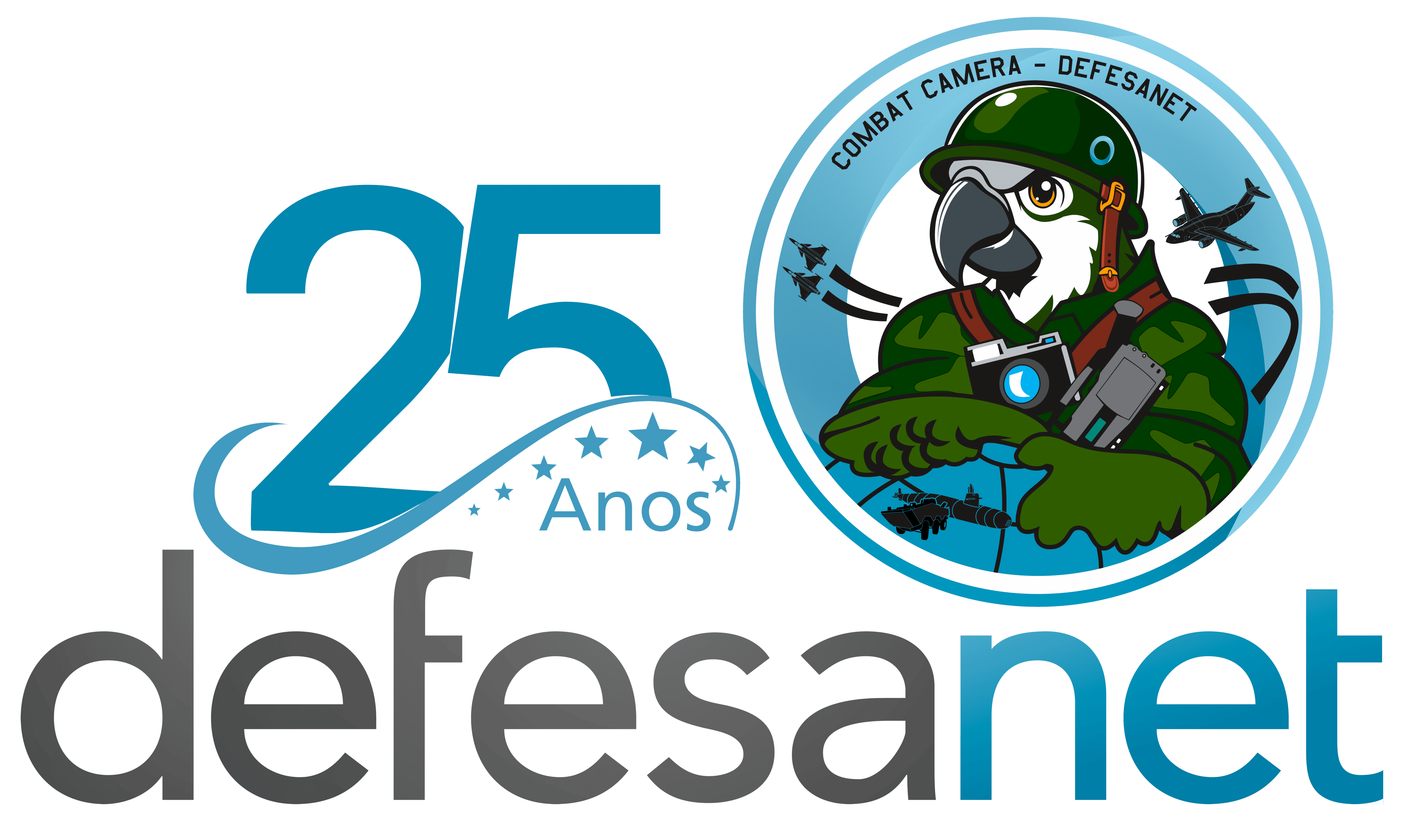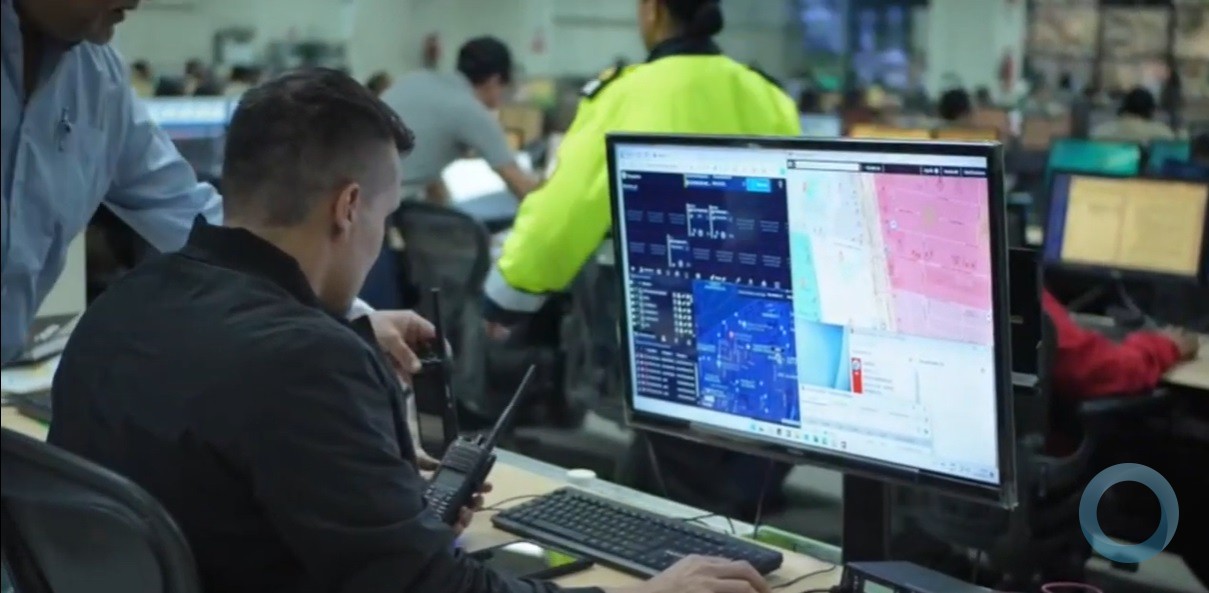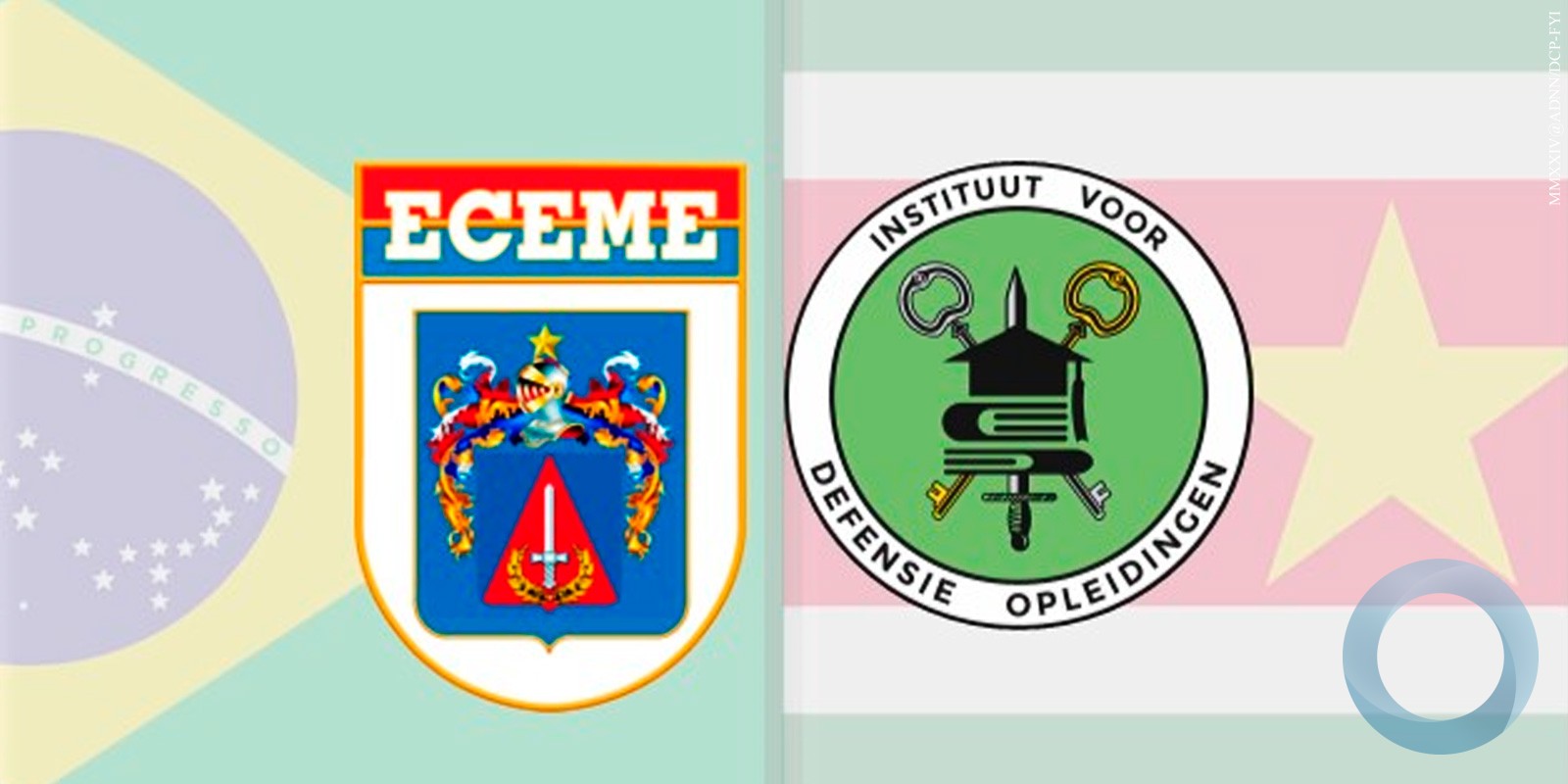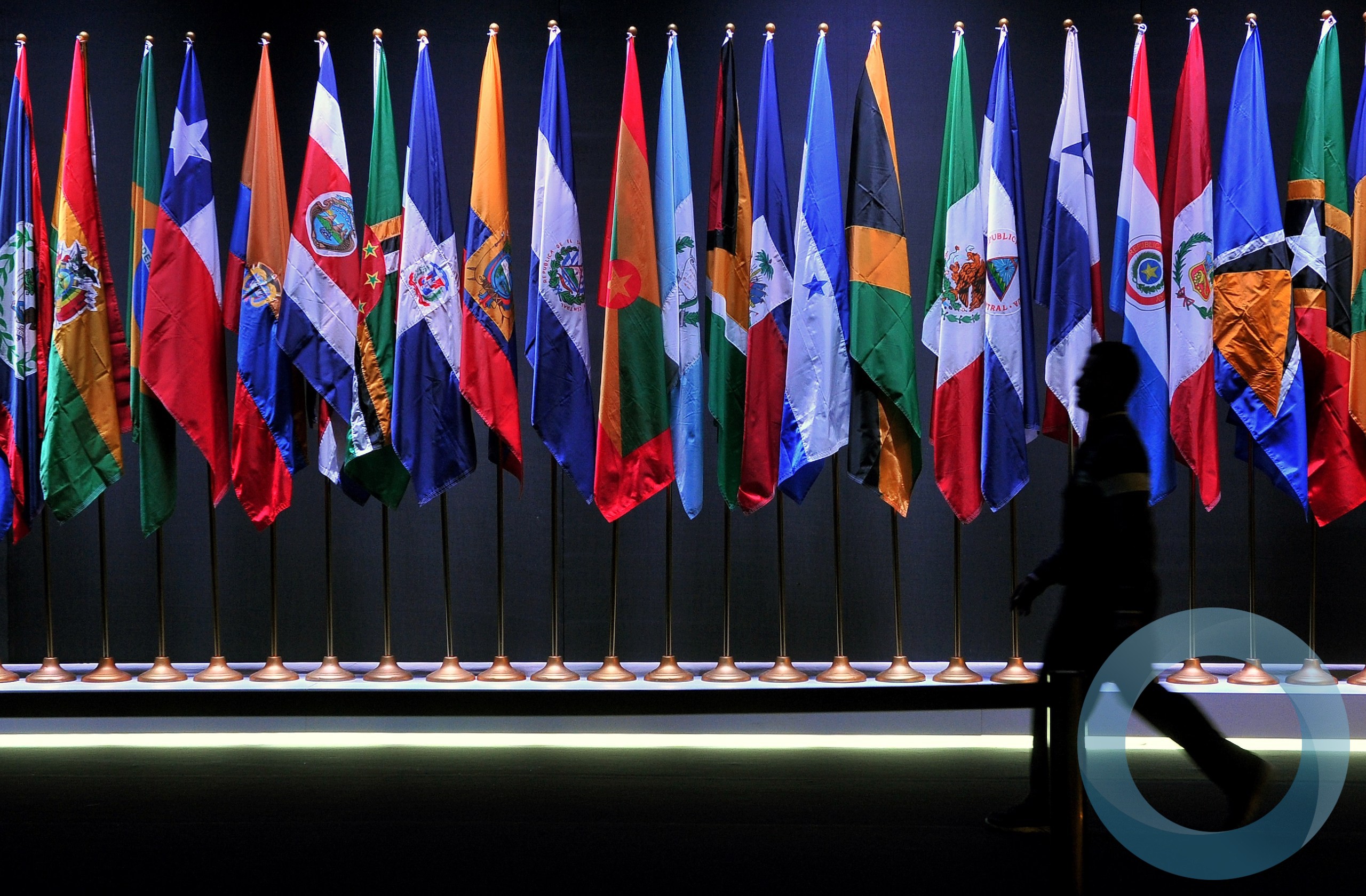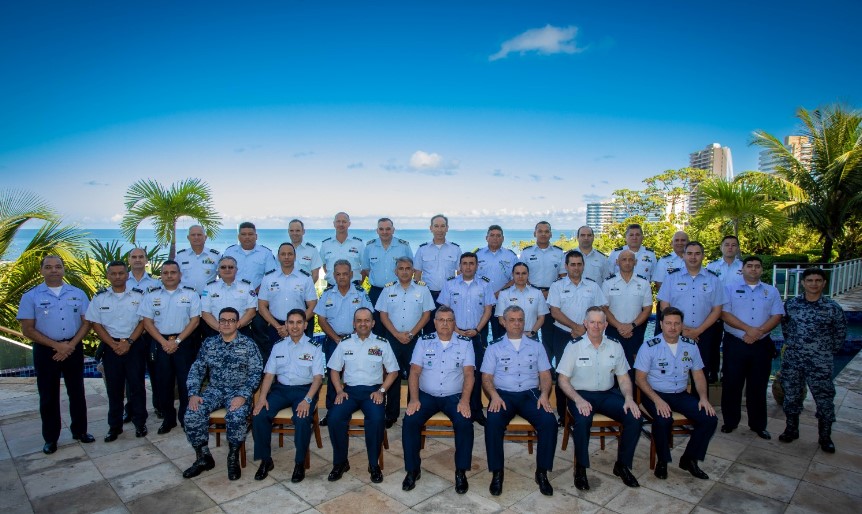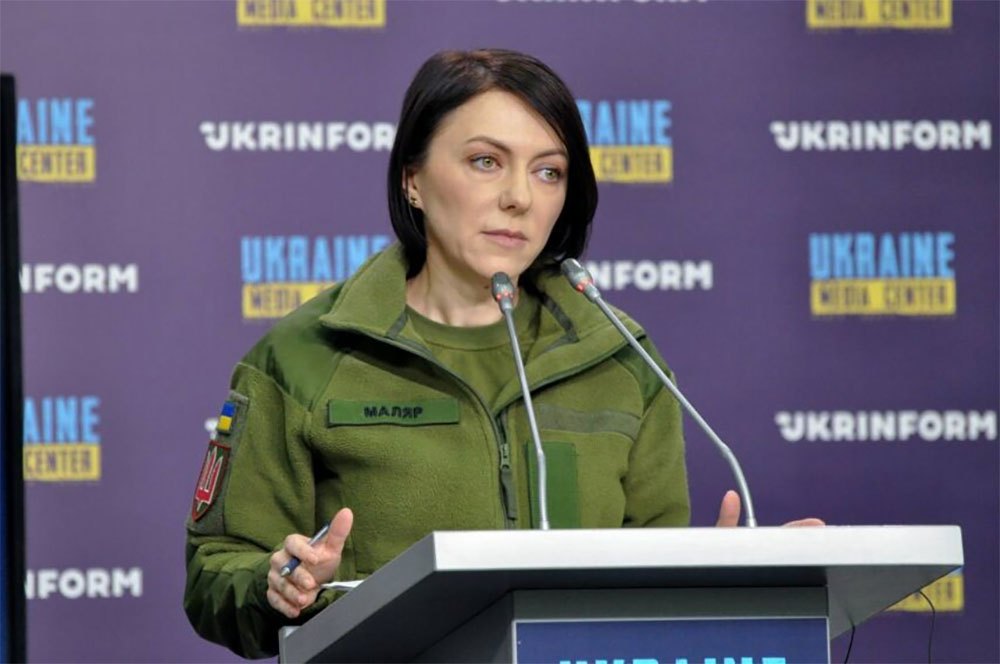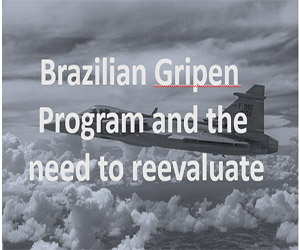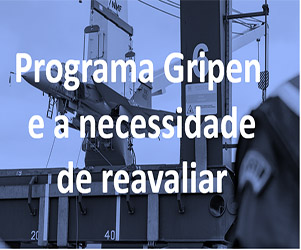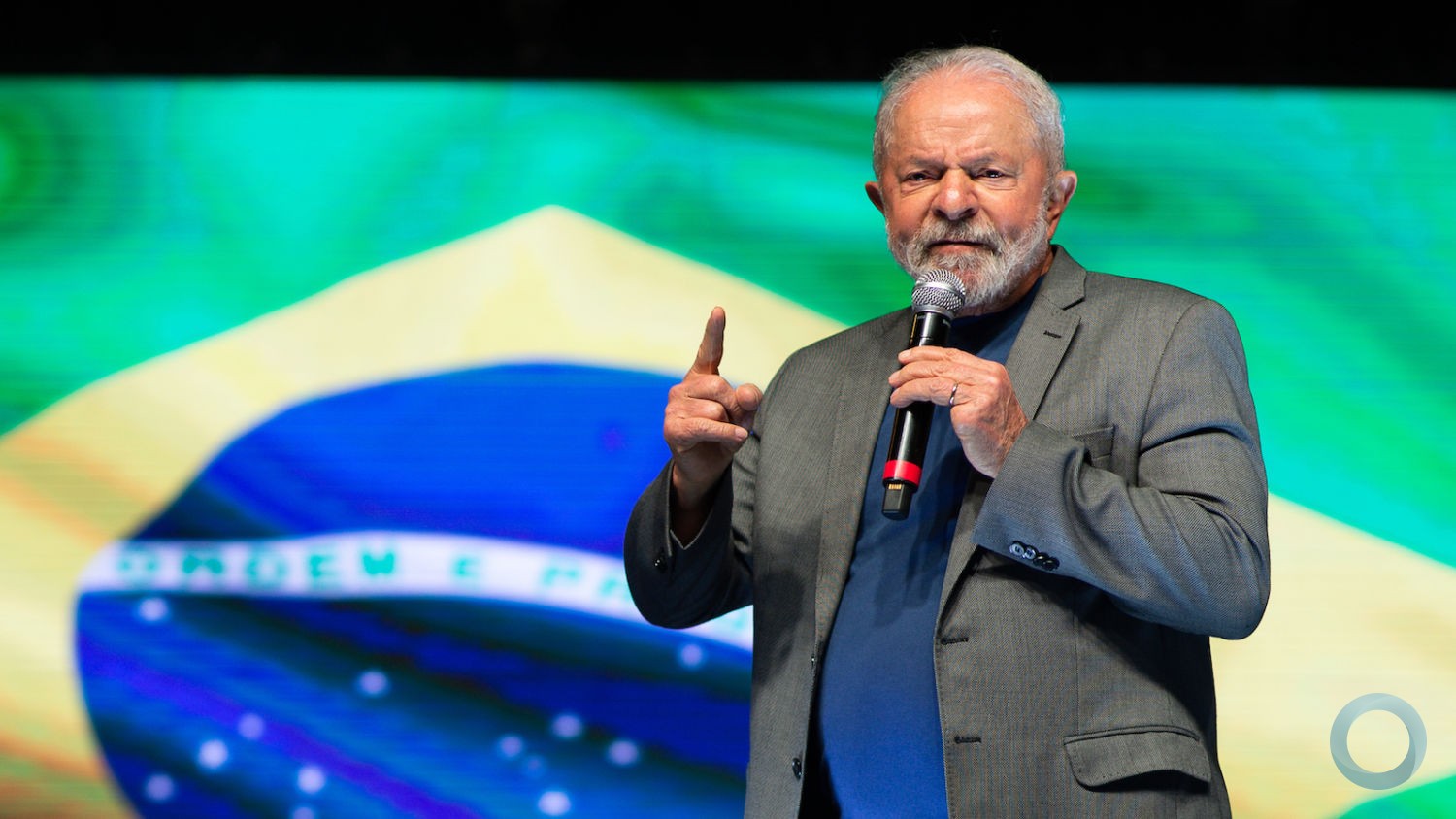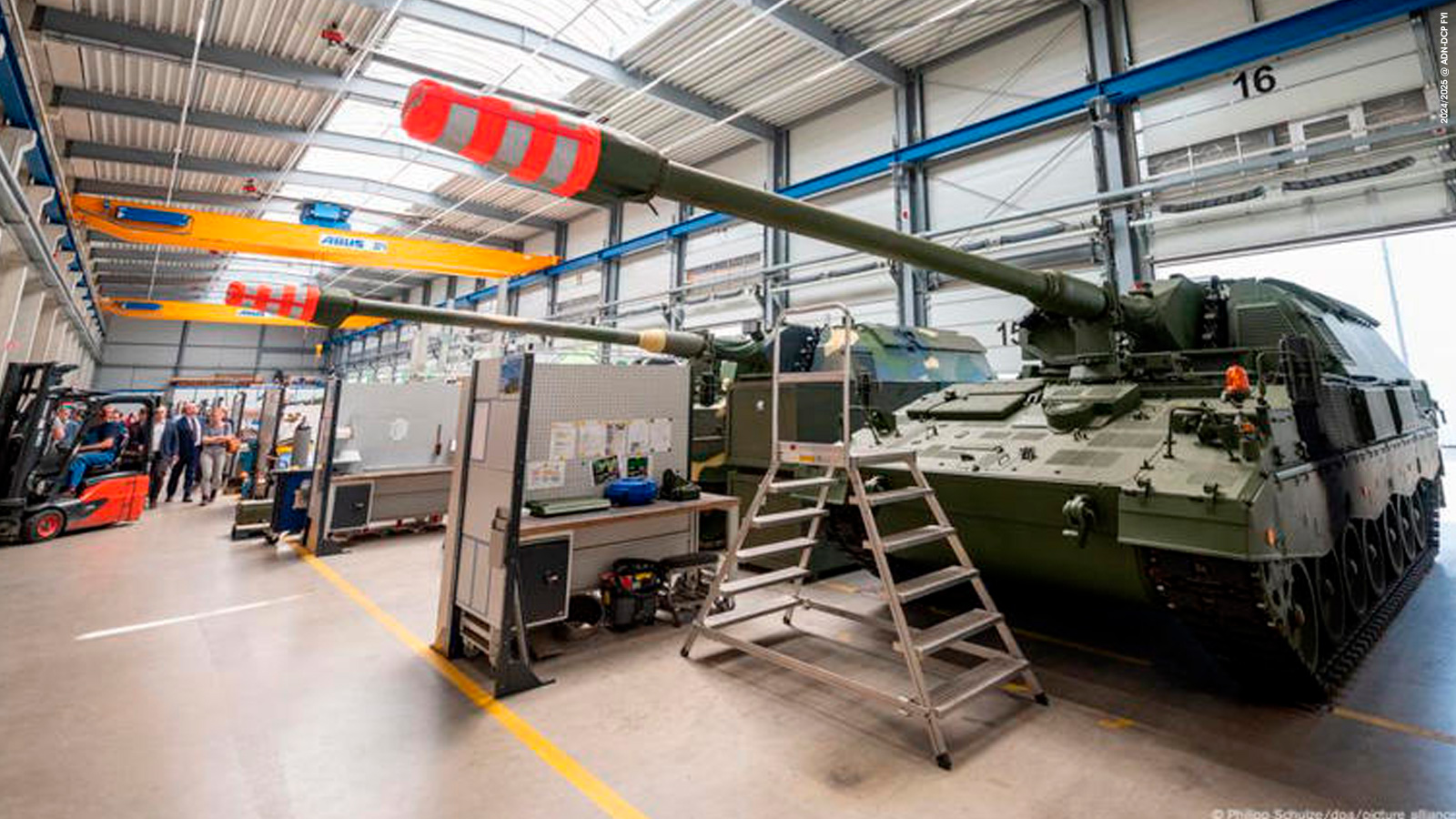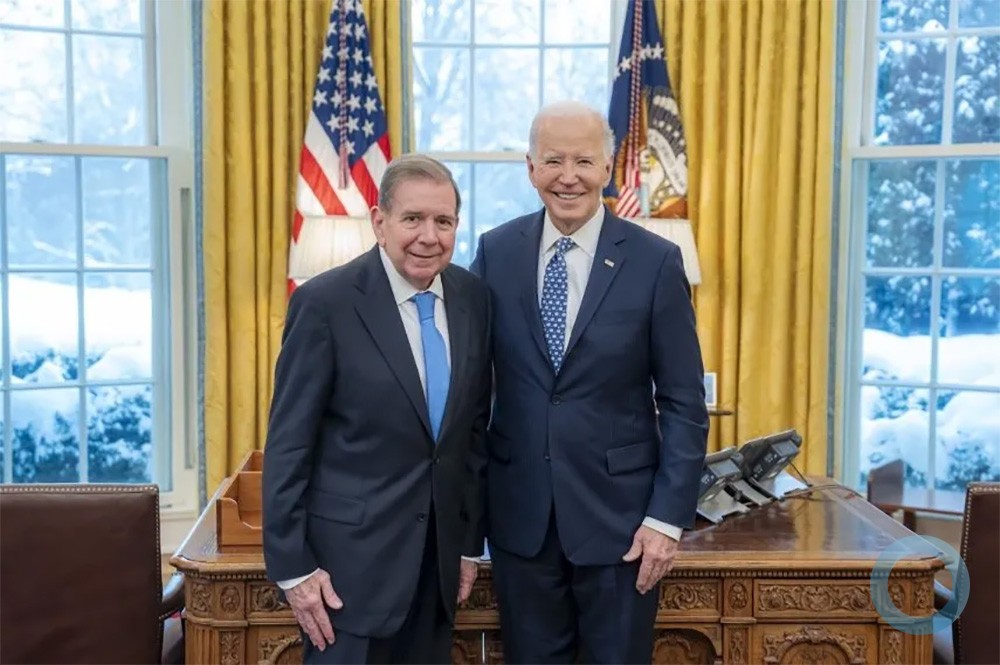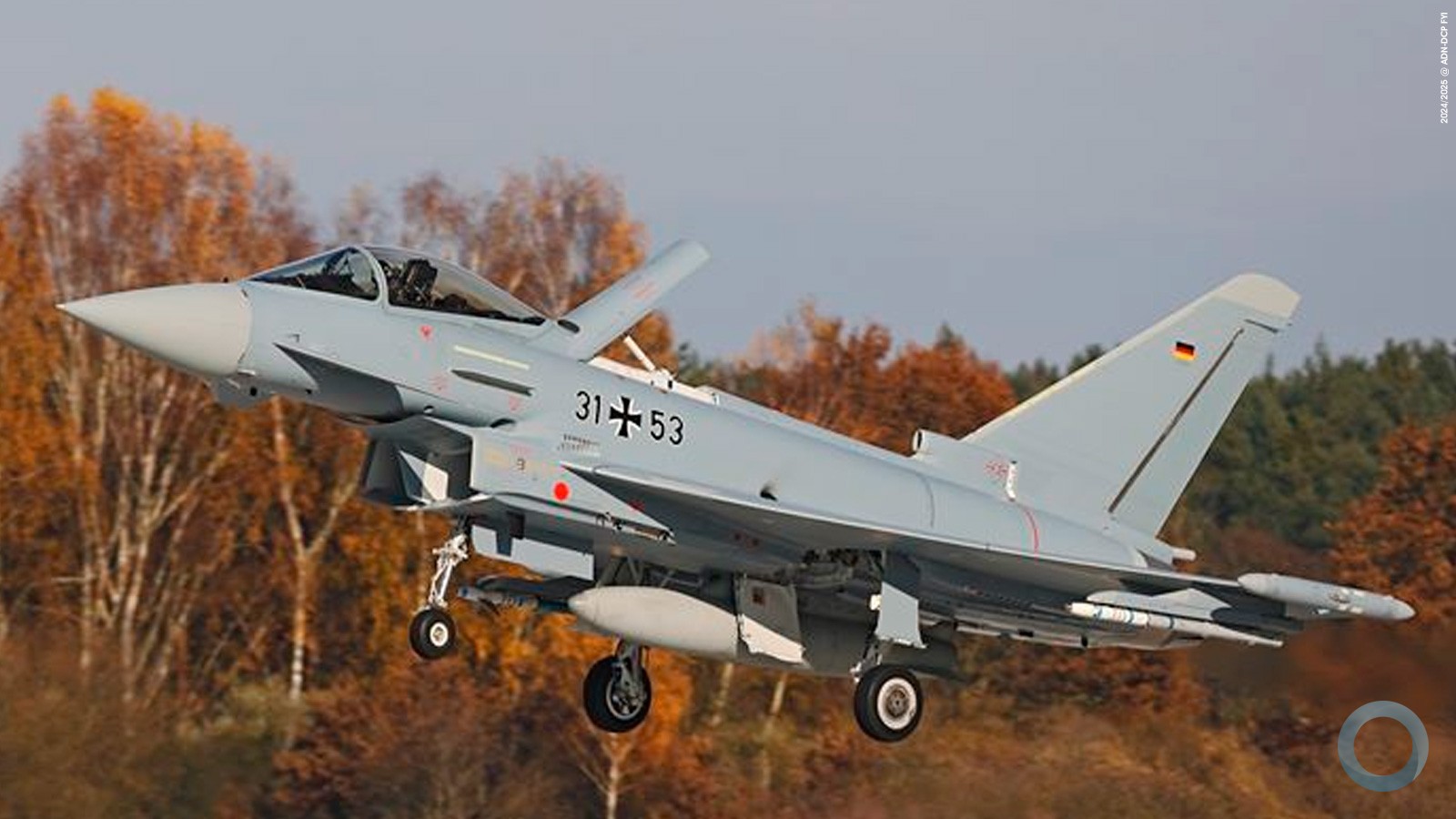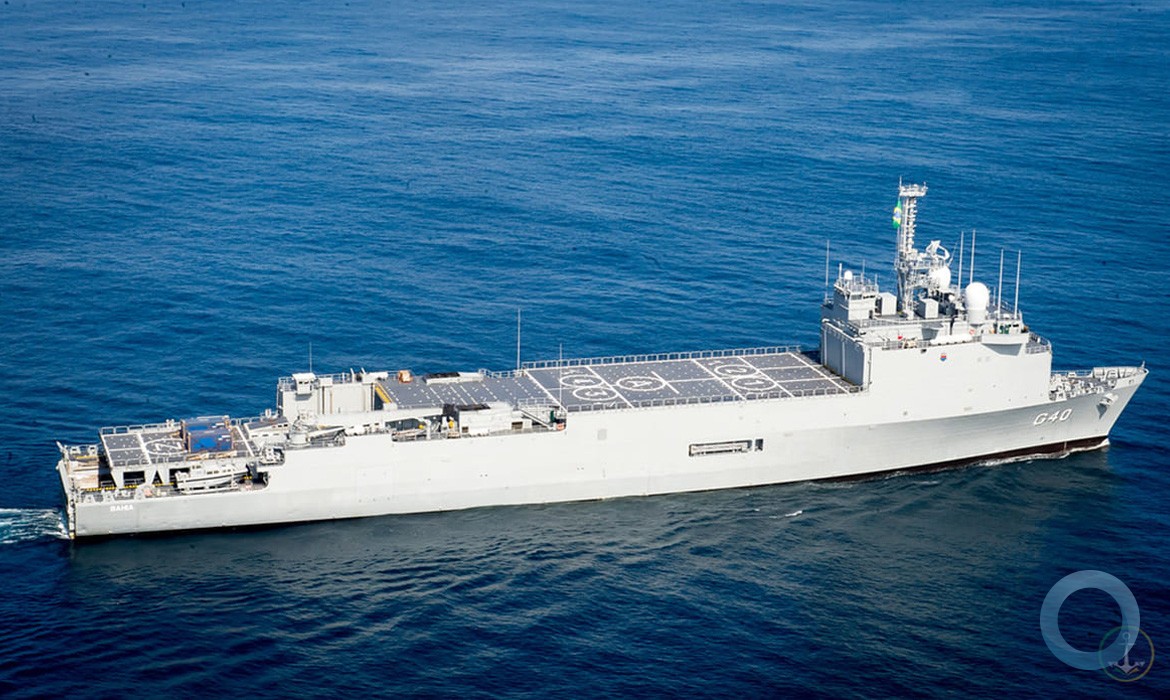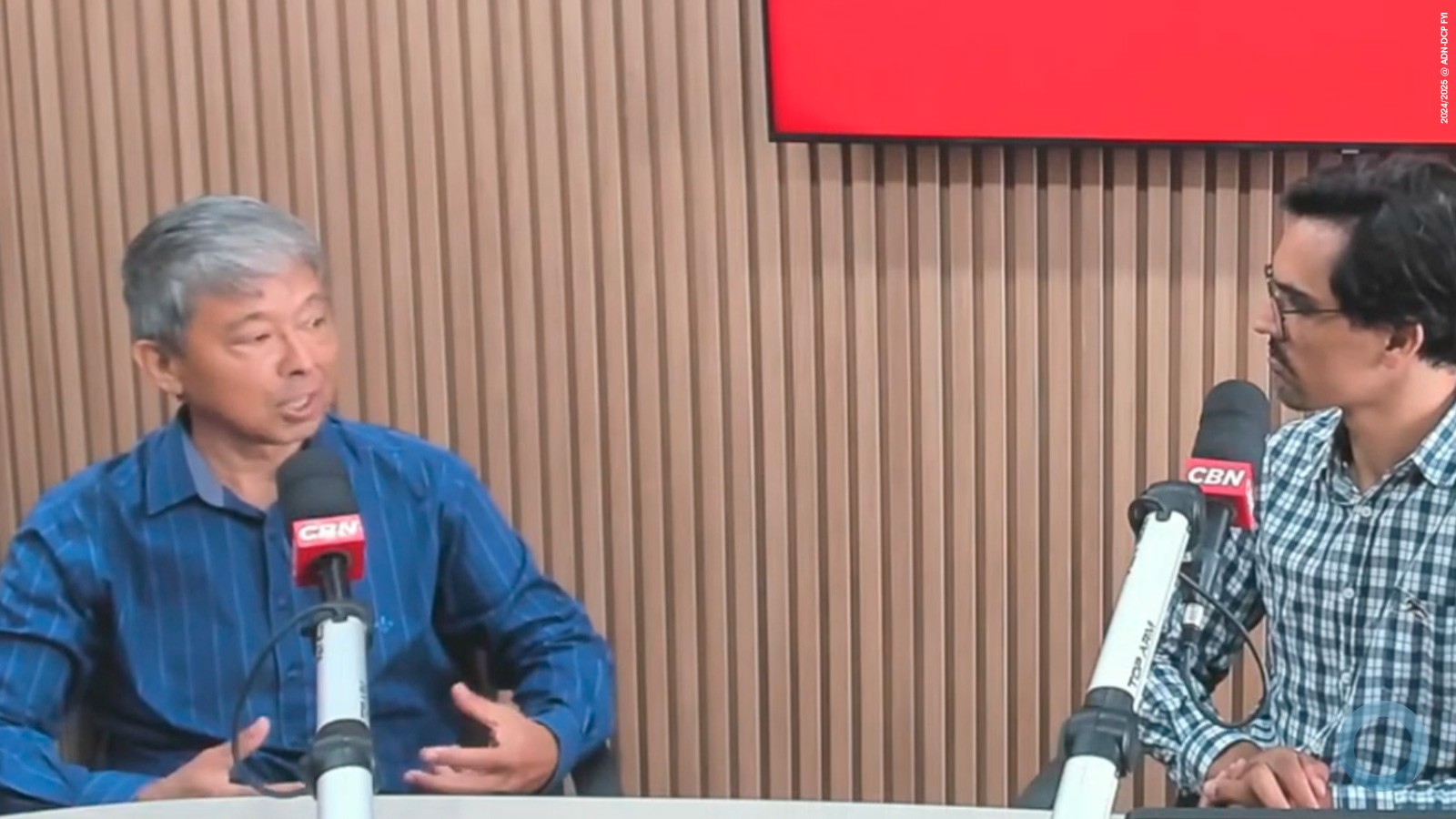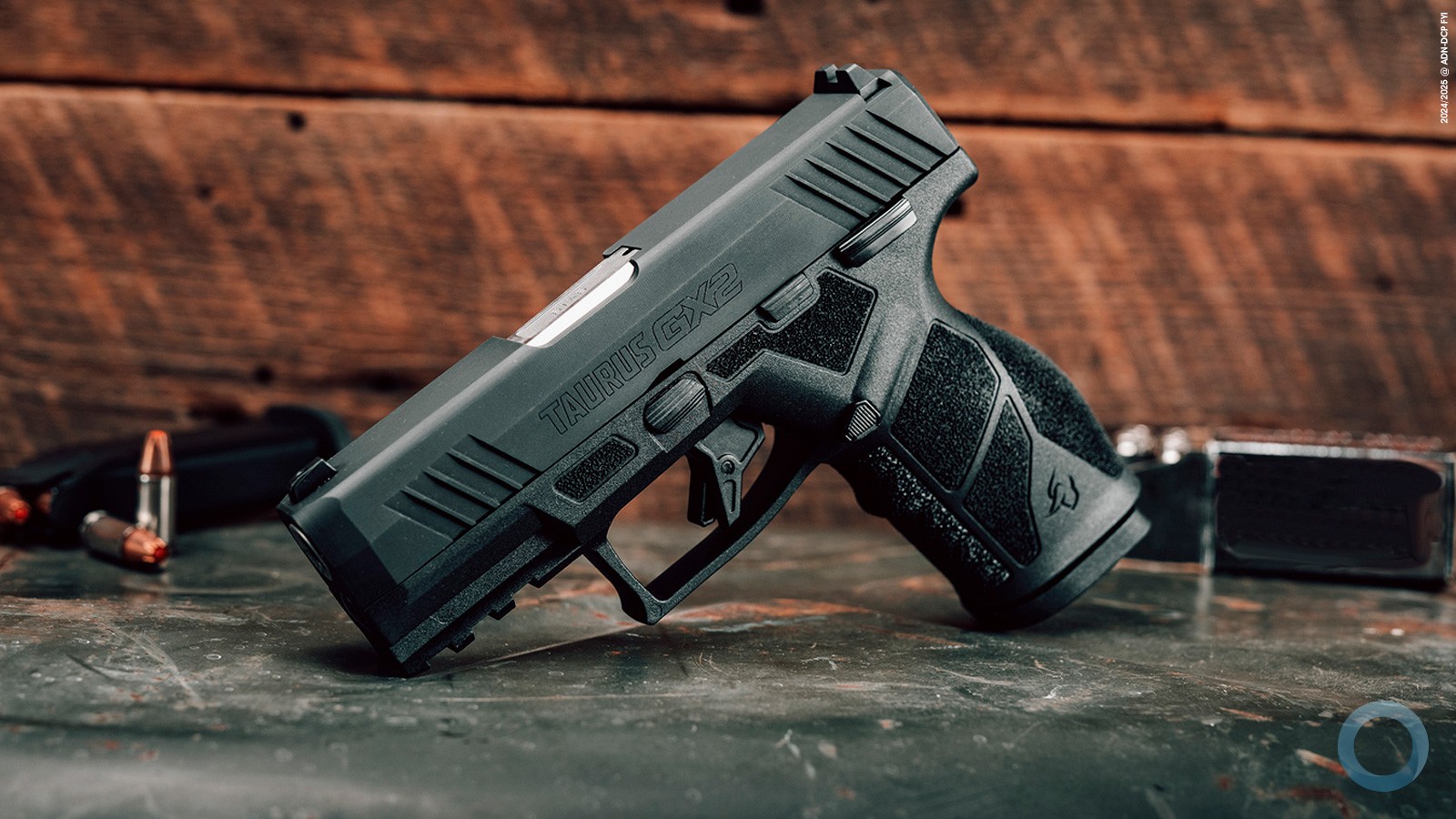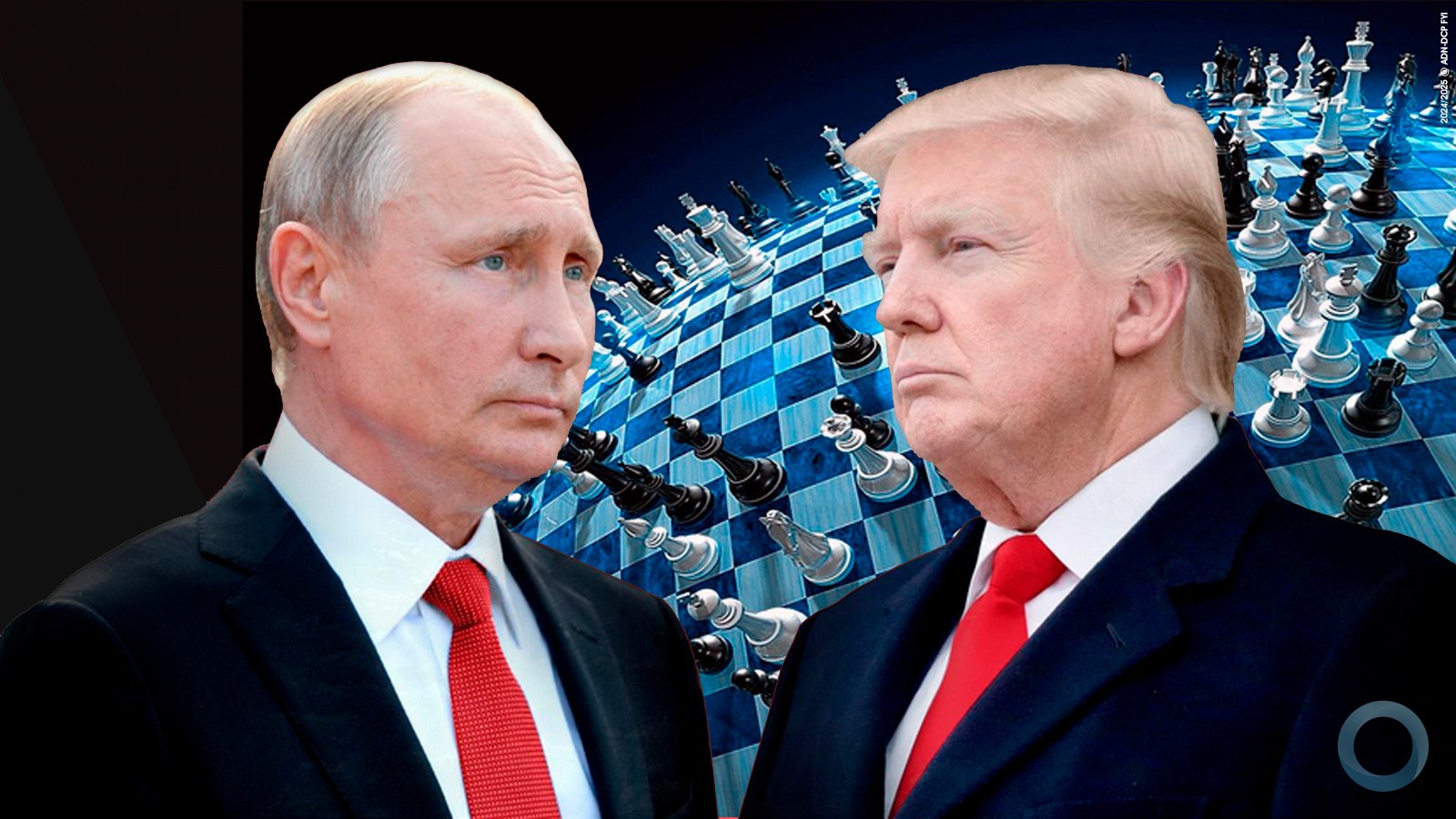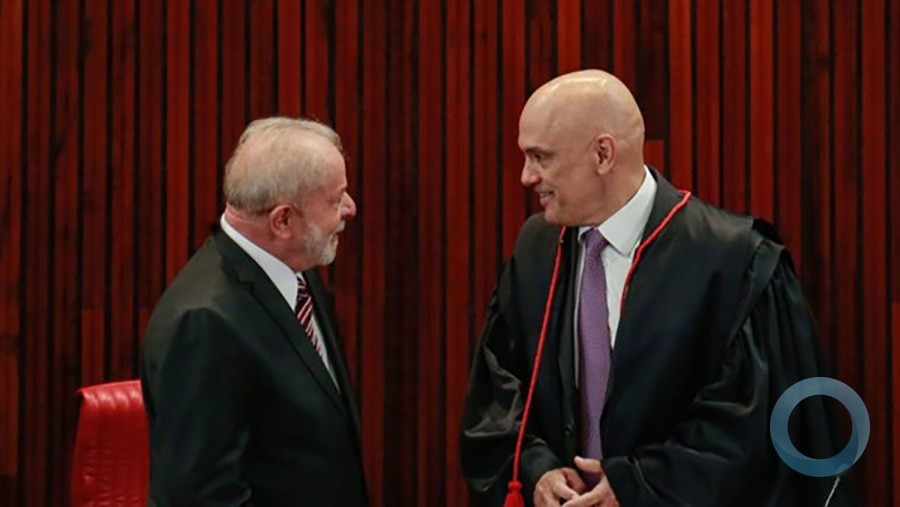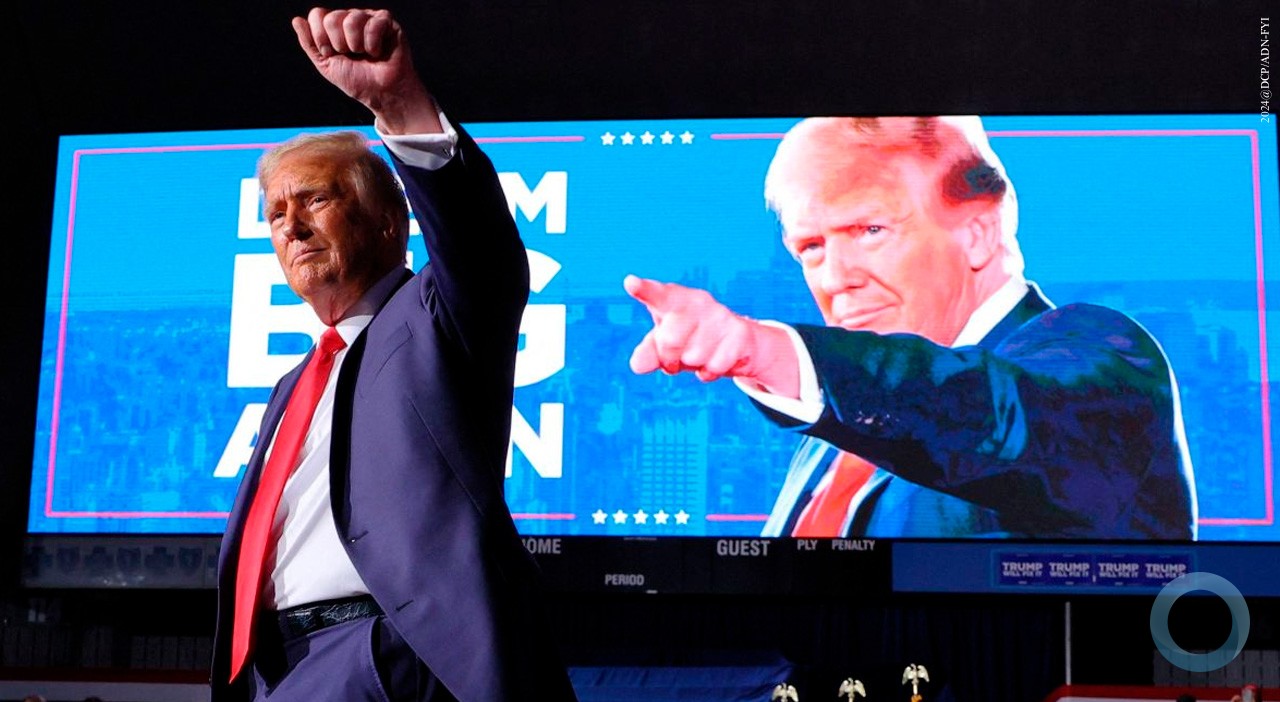Santiago Wills
Colombian President Juan Manuel Santos and U.S. President Barack Obama met in the White House on February 4th to celebrate the 15th anniversary of Plan Colombia, the multi-billion dollar joint security and development initiative that has improved public safety in the South American country. Plan Colombia has been a key component of Colombia's battle against organized crime, international drug trafficking, and guerrilla violence by the Revolutionary Armed Forces of Colombia (FARC) and the National Liberation Army (ELN).
President Santos lauded the achievements of the Colombian Armed Forces and the improvement in the country's security, which in turn encouraged economic development. He also expressed appreciation for the partnership with the United States. “In the names of millions of Colombians who are starting to live without fear, thank you,” President Santos said during a joint press conference with his U.S. counterpart. “But above all, in the name of new generations throughout Colombian territory, in the names of those children who can see a better future now, thank you.”
In his remarks, President Obama praised Colombia and the joint initiative. “Plan Colombia has been a tribute to the people of Colombia and their efforts to overcome so many challenges,” he said. “And after 15 years of sacrifice and determination, a tipping point has been reached. The tide has turned.” President Obama also announced a new, $450 million aid package for Colombia’s post-conflict efforts.
Plan Colombia's origins
Plan Colombia began as a developmental proposal created by former Colombian President Andrés Pastrana in 1998. Colombian officials refined the initiative, which specifically called for a partnership with the U.S., and presented it in early 2000 as a $7.5 billion plan to promote an end to Colombia’s civil conflict, combat drug trafficking, revamp the economy, and strengthen the country’s democratic institutions. Pastrana’s administration pledged $4 billion and asked allied countries for assistance with the remaining costs.
The U.S government, including then-President Bill Clinton, responded positively to Colombia's proposal. In June 2000, the U.S. Congress appropriated nearly $1.6 billion for the following two years to expand counter-narcotics operations, improve intelligence gathering via new technology and partnerships, enhance the training of Colombia’s National Police, support governmental programs through the United States Agency for International Development, and stimulate alternative economic programs.
From 2000 on, the U.S. Congress increased approved funds for Plan Colombia with bi-partisan support at the requests of President Clinton and his successors, George W. Bush and Barack Obama. Those resources transformed the country’s Military and contributed to a major security shift, which has had positive social and economic repercussions, according to Colombian and U.S. officials.
Support for Colombian Armed Forces
The initiative provided resources to the Colombian Armed Forces that helped them get the upper hand against the FARC, ELN, narco-trafficking organizations, and criminal bands, which are known as BACRIMs. “It was a real revolution,” retired Gen. Freddy Padilla de León, head of the Colombian Military Forces from 2006 to 2009, told the Colombian newspaper El Tiempo . Thanks to Plan Colombia, the Armed Forces were able “to see and hear the illegal armed groups and thus operate with skill 24 hours a day, every day."
As part of Plan Colombia, the Colombian Army acquired nearly 20 Black Hawk and 33 UH-1N helicopters (some were donated but Colombia purchased most), seven surveillance planes, four C-27 and two Grand Caravan transport planes, and eight “Midnight Express” patrol boats, which offered new movement capabilities in the fight against guerrilla groups, drug traffickers, and BACRIMs. The helicopters, along with intelligence assistance and new technological equipment such as night vision devices, paved the way for aggressive operations against criminal organizations, including missions that led to the deaths of top FARC leaders such as Alfonso Cano, Jorge Briceño, who was known as “Mono Jojoy,” and Raúl Reyes.
Under Plan Colombia, the Armed Forces also received extensive training. From 2000 to 2014, U.S. Special Operations Forces trained with more than 93,000 Colombian Soldiers and National Police officers. This training helped professionalize the Army, according to former Army Chief, Retired General Harold Bedoya Pizarro.
Fighting drug traffickers
Plan Colombia has helped the Armed Forces and police fight international drug traffickers. New radar technology helped Colombian security forces substantially increase their interdiction of drugs leaving the country through the air or sea. In 15 years, Colombian security forces have seized 2,381 tons of cocaine – the equivalent of five years’ worth of the country’s current production capacity – according to the Colombian government. In that same time, the number of planted coca hectares dropped from a maximum of 170,000 in 2001 to approximately 112,000 in 2014.
To help small farmers transition from cultivating illegal coca to productive crops, such as coffee, rice, and cocoa beans, Plan Colombia included the financing of crop replacement plans in critical areas. The country’s drug-related economy shrank from $7.5 billion in 2008 to $4.5 billion in 2013, according to a study by Daniel Mejía, a Colombian economist who heads the University of the Andes’ Center of Studies on Security and Drugs.
Plan Colombia’s resources were especially significant in far-flung locations in Colombia, according to Paul Angelo, an International Affairs fellow at the Council on Foreign Relations and former Rhodes Scholar who lived in the country for several years. While in Colombia, Angelo, who traveled extensively as a Military liaison between the U.S. Embassy and the Colombian Armed Forces, saw firsthand the effects of Plan Colombia.
“One benefit I saw quite frequently was a wonderfully stocked base in a part of the country where there was nothing else, where the Colombians had never had a permanent presence,” Angelo said. “This inspired confidence in the local population. Now, they could trust the government to protect them. It sent a signal to people in these areas that the government was there to stay.”
An important partnership
The initiative has strengthened cooperative ties between the Colombian Armed Forces and U.S. Southern Command (SOUTHCOM). On January 14th, U.S. Defense Secretary Ashton B. Carter spoke of the partnership during the ceremony in which U.S. Navy Admiral Kurt W. Tidd assumed command over SOUTHCOM from U.S. Marine Corps General John F. Kelly.
“Colombia, in particular, holds special promise thanks to the sacrifices of the Colombian people,” Defense Secretary Carter said. “[The country] now stands on the brink of an historic peace. And as they did during their most difficult times, the people of SOUTHCOM will continue to stand with our Colombian friends as they reach for days of even greater prosperity.”
U.S. Marine Corps General Joseph F. Dunford, Chairman of the Joint Chiefs of Staff, also spoke of the important partnership during the ceremony. “The constant theme in all that the Southern Command does is partnership – it's SOUTHCOM's engagement throughout humanitarian and civil assistance programs, defense institution building, and human rights initiatives that help partner nations strengthen governance and development, professionalize their Military and security forces, and increase their current ability to respond to crises,” Gen. Dunford stated.
During his January meeting with President Santos in Colombia, Admiral Tidd said, "I am committed to building upon the strong, vibrant bonds of friendship that we have in this important region, and to working very closely with partner nations — which, like Colombia, have our highest respect and confidence — to support security and stability in the Americas."
